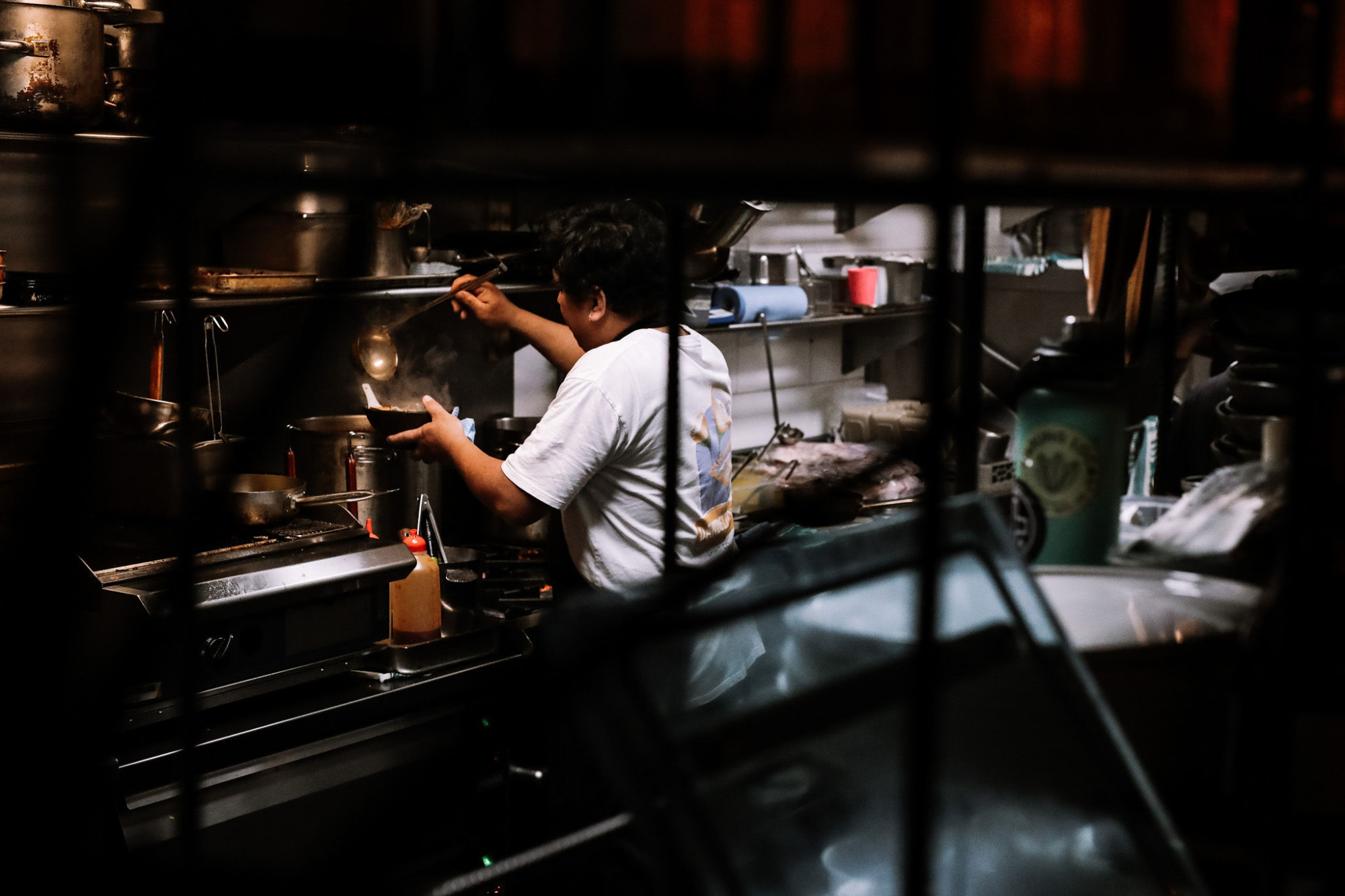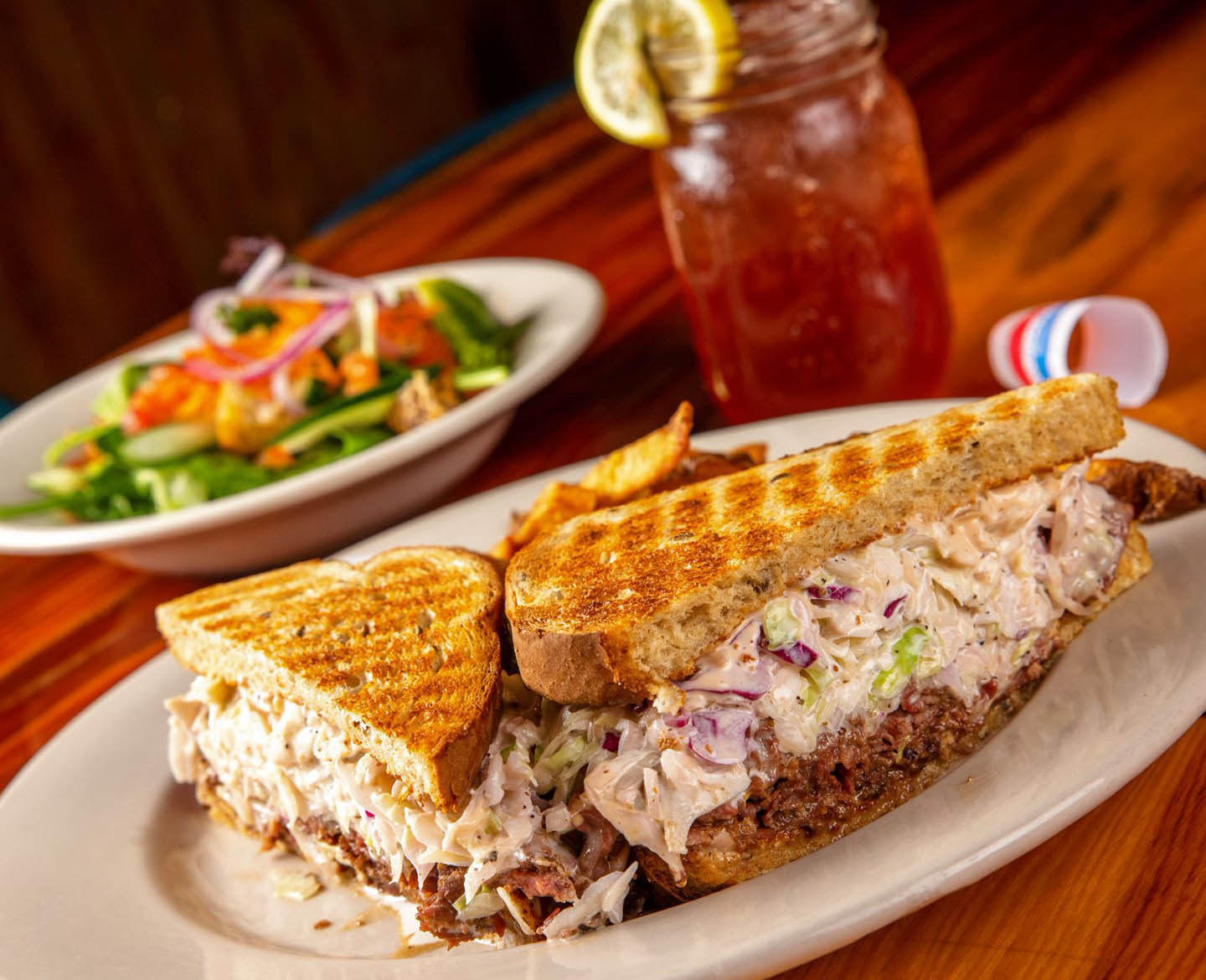The standard menu is a cornerstone of any successful restaurant, serving as a roadmap for diners to navigate their culinary journey. It’s not just a list of dishes; it’s a strategic tool that can enhance customer satisfaction, optimize profitability, and elevate the overall dining experience.
In this comprehensive guide, we’ll delve into the intricacies of menu design and management, exploring best practices, common pitfalls, and innovative approaches. From crafting mouthwatering descriptions to engineering a profitable menu, we’ll empower you with the knowledge and techniques to create a standard menu that sets your restaurant apart.
Standard Menu Structure and Organization
A standard menu typically follows a hierarchical structure, organizing dishes into logical categories and subcategories to enhance usability and customer satisfaction. The menu should be easy to navigate, providing clear and concise information about each dish.
Common Sections and Subcategories
Standard menus often include the following sections:
- Appetizers: Small dishes served before the main course.
- Soups and Salads: Light and refreshing dishes that can be enjoyed as a starter or side.
- Main Courses: The primary dishes of the menu, featuring a variety of options such as entrees, pasta, and seafood.
- Sides: Accompaniments to main courses, such as vegetables, potatoes, or bread.
- Desserts: Sweet dishes served at the end of the meal.
- Beverages: A selection of drinks, including alcoholic and non-alcoholic options.
Purpose and Benefits of a Well-Organized Menu
A well-organized menu serves several purposes:
- Enhanced Customer Experience:A clear and concise menu helps customers make informed decisions, reducing frustration and increasing satisfaction.
- Increased Sales:A well-structured menu can highlight popular dishes and upsell opportunities, driving revenue.
- Improved Efficiency:A well-organized menu allows servers to take orders quickly and accurately, reducing wait times and improving overall service.
Menu Item Design and Presentation
Creating an effective menu involves more than just listing the dishes and their prices. The way you present your menu items can significantly impact customer perception and drive sales. Well-designed menus use clear and concise language, provide visually appealing descriptions, and use images to enhance the overall experience.
To ensure your menu items are presented in the most effective way, consider the following guidelines:
Item Name
The item name should be clear and descriptive. It should accurately reflect the dish’s contents and avoid using vague or overly creative language. For example, instead of “Pasta Dish,” use “Spaghetti with Marinara Sauce.”
Description
The description should provide a concise and enticing overview of the dish. Use vivid and descriptive language to highlight the dish’s key ingredients, flavors, and presentation. For example, instead of “Chicken Salad,” write “Tender grilled chicken served on a bed of mixed greens with crisp vegetables, dried cranberries, and a tangy vinaigrette.”
Browse the multiple elements of massage bothell wa to gain a more broad understanding.
Price
The price should be clearly displayed and easy to find. Avoid using confusing or hidden pricing strategies. Customers should be able to quickly and easily determine the cost of each item.
Image
Including high-quality images of your dishes can significantly enhance the visual appeal of your menu. Images should be clear, well-lit, and accurately represent the dish. Use images to showcase the presentation, texture, and colors of your food.
Menu Layout and Typography
The layout and typography of a menu play a crucial role in creating a visually appealing and user-friendly experience for diners. By carefully considering the arrangement of menu items, font choices, and color schemes, restaurants can enhance the readability and overall aesthetic of their menus.
Obtain access to nino’s pizza menú to private resources that are additional.
Menu Layout Using HTML Table Tags
HTML table tags offer a structured and flexible approach to designing menu layouts. Each table row can represent a different menu category, while table cells can be used to display individual menu items, prices, and descriptions.
Investigate the pros of accepting hotel le longchamp craponne in your business strategies.
Example:
“`html
| Appetizers | Main Courses | Desserts |
|---|---|---|
|
|
|
“`
Font Choices and Color Schemes
The choice of fonts and color schemes for a menu should complement the overall ambiance and style of the restaurant. Serif fonts, such as Times New Roman or Georgia, are often used for traditional or elegant menus, while sans-serif fonts, such as Arial or Helvetica, are more suitable for modern or minimalist menus.
Color schemes should be carefully considered to enhance the readability and visual appeal of the menu. High-contrast color combinations, such as black text on a white background, are ideal for ensuring legibility, while complementary colors, such as blue and orange, can create a visually striking effect.
You also can understand valuable knowledge by exploring bed and breakfast ojai ca.
Creating a Balanced and Readable Menu Layout, The standard menu
A balanced and readable menu layout ensures that diners can easily navigate and find the information they need. White space should be effectively utilized to create a sense of visual hierarchy and separate different sections of the menu. Headings and subheadings can be used to organize and group menu items, while bullet points and descriptive text can provide additional details.
The length of the menu should also be considered. Overly long menus can be overwhelming for diners, while excessively short menus may not offer enough variety. A well-balanced menu should include a curated selection of dishes that cater to the target audience and reflect the restaurant’s culinary style.
Menu Engineering and Pricing: The Standard Menu
Menu engineering involves analyzing menu items based on popularity and profitability to optimize restaurant revenue. It helps determine which items to promote, price, and potentially remove from the menu.By understanding the contribution margin of each menu item (revenue minus food cost), restaurants can make informed decisions about menu design and pricing.
Menu engineering helps identify items that are popular but not profitable and those that are profitable but not popular.
Step-by-Step Process for Menu Engineering
- Analyze menu items:Calculate the contribution margin for each item using the formula: Contribution Margin = (Selling Price
Food Cost) / Selling Price.
- Categorize items:Group menu items into categories based on popularity and profitability, such as stars (high popularity, high profitability), puzzles (high popularity, low profitability), plow horses (low popularity, high profitability), and dogs (low popularity, low profitability).
- Optimize profitability:Focus on promoting and increasing the sales of star items. Consider removing dog items or finding ways to increase their profitability. Plow horse items can be maintained or slightly promoted, while puzzles may require price adjustments or recipe modifications.
Menu Pricing Strategies
Menu pricing involves setting prices based on various factors:
- Cost:Calculate the food cost of each item and add a markup to cover operating expenses and profit.
- Competition:Research competitor pricing to ensure your prices are competitive while maintaining profitability.
- Perceived value:Set prices that reflect the perceived value of the dish to customers, considering factors like ingredients, preparation, and presentation.
- Psychological pricing:Use pricing techniques like odd-even pricing (ending prices in 99 cents) or decoy pricing (offering a higher-priced item to make a lower-priced item seem more appealing) to influence customer behavior.
Menu Customization and Personalization
Empowering customers with menu customization options enhances customer satisfaction, fosters loyalty, and accommodates diverse dietary needs and preferences. By allowing customers to tailor their orders, restaurants can create a more inclusive and personalized dining experience.
Discover the crucial elements that make amp reviews flushing the top choice.
Methods for Menu Customization
- Dietary Restrictions:Clearly label menu items with allergens, and provide options for gluten-free, vegan, or dairy-free diets.
- Special Requests:Encourage customers to communicate any specific requests, such as modifications to ingredients, cooking methods, or portion sizes.
- Interactive Ordering:Utilize online ordering platforms or QR codes that allow customers to customize their orders in real-time.
Examples of Successful Menu Customization Programs
- Chipotle:Known for its highly customizable burritos, tacos, and bowls, allowing customers to choose from a wide range of ingredients and toppings.
- Starbucks:Offers a vast array of coffee and tea beverages, with options to adjust sweetness, milk type, and flavorings.
- Subway:Provides a “Build Your Own” sandwich experience, where customers can select their bread, meats, cheeses, and toppings.
Conclusion
The standard menu is more than just a collection of dishes; it’s a reflection of your restaurant’s culinary vision, a tool for driving profitability, and a means of creating memorable dining experiences. By embracing the principles Artikeld in this guide, you can craft a standard menu that not only meets customer expectations but also exceeds them, leaving a lasting impression that will keep them coming back for more.
Frequently Asked Questions
What are the key elements of a well-organized standard menu?
A well-organized standard menu should have a clear hierarchy, with sections and subcategories logically grouped. It should be easy to navigate, with dishes arranged in a way that makes sense to diners. The menu should also be visually appealing, with fonts, colors, and images that enhance the dining experience.
How can I optimize my menu for profitability?
Menu engineering is a process of analyzing menu items based on their popularity and profitability. By understanding which dishes are most popular and profitable, you can make informed decisions about pricing, portion sizes, and menu placement to maximize your profits.
What are some tips for creating effective menu descriptions?
Effective menu descriptions are clear, concise, and enticing. They should accurately describe the dish without being overly wordy. Use vivid language and sensory details to appeal to diners’ senses and make them crave the dish.



